The Manosphere Reassessed: Risks Overestimated?
1. Introduction: A Closer Look at the Manosphere
The term manosphere has, over the past decade, emerged as a cultural lightning rod. Often used to describe a loose and complex web of online communities focused on men’s issues, it has been routinely criticized as a breeding ground for toxic masculinity, misogyny, and radicalization. From high-profile media reports to political inquiries, much attention has been focused on the alleged dangers posed by these spaces. However, a recent in-depth study commissioned by communications regulators paints a more nuanced—and in some ways surprising—picture.
Instead of reinforcing the widespread belief that the manosphere is inherently harmful and universally radicalizing, the study reveals a fragmented, complex environment where most users do not blindly absorb extremist messages. In fact, the majority of participants demonstrated a critical attitude, rejecting the most extreme views and engaging with content in ways that are more thoughtful than alarmist narratives suggest.
This article explores those findings in depth, questions our assumptions, and offers a more balanced view of what the manosphere is—and what it is not.
2. Defining the Manosphere: A Diverse and Fragmented Terrain
To understand the scope of the manosphere, one must recognize that it is not a single entity, ideology, or agenda. Instead, it encompasses a range of subcultures and interest groups that, while sometimes overlapping, often diverge significantly in their views and goals. Among these subgroups are:
Men's Rights Activists (MRAs): Focused on perceived legal and societal inequalities affecting men, such as custody laws or male suicide rates.
Red Pill Communities: Built around the idea of awakening to ‘true’ gender dynamics, often claiming modern society favors women.
Black Pill Ideologues: More nihilistic, believing male social or sexual failure is biologically predetermined and unchangeable.
Incels (Involuntary Celibates): A subset that expresses anger and hopelessness over being unable to form romantic relationships.
MGTOW (Men Going Their Own Way): Advocating for men to detach from relationships and societal expectations tied to women.
PUAs (Pick-Up Artists): Communities centered on dating strategies and male confidence-building.
Looksmaxxing: Focused on appearance enhancement and self-optimization.
Self-Improvement Spaces: Generally benign areas that overlap with fitness, productivity, or career growth advice.
While some groups contain openly hostile or misogynistic content, others emphasize self-help, empowerment, or male bonding. The manosphere, then, is less a unified movement than a constellation of loosely connected philosophies—some harmful, some harmless, and many misunderstood.
3. The Study: Following Real Users Through the Manosphere
To investigate the real impact of these communities, researchers conducted a study involving thirty-eight men who had interacted with various parts of the manosphere. The participants ranged in age and background but shared one thing in common: experience with online male-centered communities. Through interviews and behavioral analysis, the researchers aimed to determine how users discover, interact with, and respond to manosphere content.
Crucially, the study did not focus on the most extreme or openly hostile members of these groups. Instead, it selected a broad spectrum of users, some deeply engaged and others only loosely affiliated. This approach allowed for a more representative understanding of how the manosphere functions in practice, rather than through sensational headlines.
4. Critical Minds, Not Blind Followers
One of the most important findings of the study was that the majority of participants engaged with manosphere content critically. Contrary to the popular notion that young men are being indoctrinated wholesale by online influencers and ideologues, most participants showed a high degree of skepticism and discernment.
Many users watched controversial content for entertainment, not as a source of belief or instruction.
Participants often rejected content that clashed with their personal values, especially overt misogyny or violence.
Humor and satire played a major role in how content was perceived. What outsiders may see as extremist, users might view as exaggerated or ironic.
Several expressed discomfort with some of the more extreme ideas, even while finding value in broader discussions about men’s issues.
In other words, these users were not passive vessels. They had their own frameworks of morality, fairness, and critical thinking, which they used to filter and interpret what they saw online.
5. The Darker Corners: Where the Risks Lie
Despite the more hopeful findings, the study did not shy away from identifying real dangers in certain corners of the manosphere. The most concerning areas included:
Incel forums, where self-hatred, nihilism, and misogyny often go unchecked. These spaces were marked by open hostility toward women, despair, and an unhealthy glorification of victimhood.
Black Pill ideology, which teaches that personal failure is biologically determined and unavoidable, can exacerbate mental health problems and reduce motivation.
Communities that normalize isolation, suicidal ideation, or violence—even jokingly—may serve as echo chambers for vulnerable individuals.
Men who were already isolated, depressed, or struggling with rejection tended to absorb these messages more deeply. For these individuals, manosphere spaces sometimes acted as psychological traps, offering validation while discouraging change or healing.
6. The Role of Isolation and Vulnerability
The study found that the users who were most susceptible to harmful content often shared two characteristics:
They were socially isolated.
Many lacked strong support networks, struggled with interpersonal connections, or felt excluded from mainstream conversations about gender, relationships, and identity.
They were psychologically vulnerable.
This included young men with mental health issues, poor self-esteem, or histories of trauma or rejection.
In these cases, manosphere spaces filled a void—but not always in a healthy way. They provided community, belonging, and a sense of shared experience. However, the cost was often the adoption of fatalistic or toxic worldviews that reinforced hopelessness and resentment.
7. More Fragmented Than Unified
Another important revelation was just how fragmented and internally contradictory the manosphere really is. While often portrayed as a unified force, it contains:
Mutual disagreements between groups (e.g., MRAs vs incels, or red pill vs MGTOW).
Different goals—some seek romantic success, others reject intimacy entirely.
Contradictory ideologies, ranging from self-improvement to nihilistic fatalism.
This fragmentation suggests that efforts to treat the manosphere as a singular radical movement are misguided. What may be true in one corner of the manosphere may be the complete opposite in another.
8. Policy Implications: A Targeted Approach
Given the diversity within the manosphere, a one-size-fits-all policy approach is likely to fail. Instead, the study suggests a more targeted strategy:
Focus on vulnerable users, particularly those suffering from social isolation or mental health issues.
Avoid blanket bans or censorship, which can backfire by driving users deeper into underground spaces.
Develop supportive alternatives—communities that address men’s issues in healthy, constructive ways.
Invest in media literacy and critical thinking education, especially among younger internet users.
Such an approach respects the complexity of online communities while actively addressing real threats.
9. Rethinking the Narrative: Beyond Panic
For years, media narratives have emphasized the manosphere as an urgent and unified threat. While parts of it certainly are dangerous and deserve scrutiny, the broader reality is more complex:
Most users are not radicals.
Many are simply looking for connection, advice, or a space to talk openly about their lives.
Demonizing these spaces wholesale can alienate the very people who might benefit from support.
A more balanced approach allows for intervention where needed, engagement where possible, and respect where deserved.
10. Personal Stories and Case Examples
The study included interviews that humanized its findings:
One participant, a young man feeling excluded at university, found MGTOW content comforting—not because he hated women, but because he felt confused and out of place.
Another, struggling with body image issues, was drawn to looksmaxxing forums but eventually became disillusioned by their obsessive nature.
Several participants described early exposure to controversial influencers, but grew more skeptical over time, distancing themselves from extreme messages while retaining interest in men’s wellness and fitness.
These stories underscore that personal context matters. People turn to the manosphere for a variety of reasons—and not all of them lead to toxicity.
11. What Comes Next? Recommendations and Reflection
To navigate this digital terrain responsibly, researchers, policymakers, and platforms should consider the following:
Do not overreact. The entire manosphere is not a threat. Treating it as such risks missing genuine opportunities to help people.
Identify the real danger zones. Black pill and incel communities, in particular, require closer monitoring and intervention.
Create healthy spaces for men. Many turn to toxic spaces out of frustration, not malice. Offering better alternatives could make a significant difference.
Train moderators and educators. Teaching young people how to spot manipulation, resist extremism, and think critically is essential.
Involve men in the solution. Building inclusive, affirming communities where male identity can be explored safely will reduce the need for more dangerous alternatives.
12. Conclusion: Complexity Over Simplification
The manosphere is not going away. In fact, it will likely continue to evolve, responding to cultural changes and social dynamics. But the panic-driven narrative that all manosphere content is radicalizing or dangerous misses the deeper truth.
This latest research offers a counterpoint: Most men engaging with these communities are not being indoctrinated—they are navigating a confusing digital landscape using the tools they have. Some may lose their way. But many more are questioning, thinking, and searching.
If society wants to address the risks of the manosphere honestly and effectively, it must start by recognizing its complexity—not just its caricature.

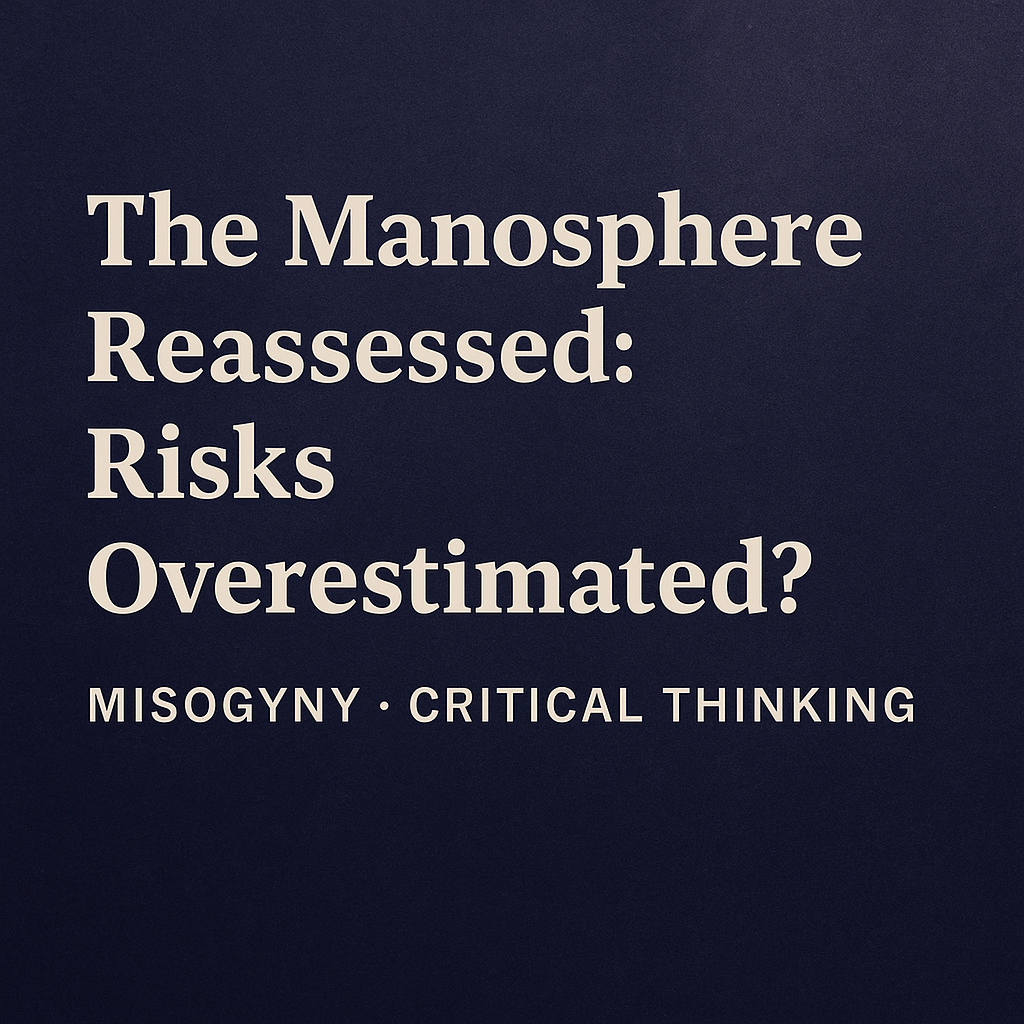



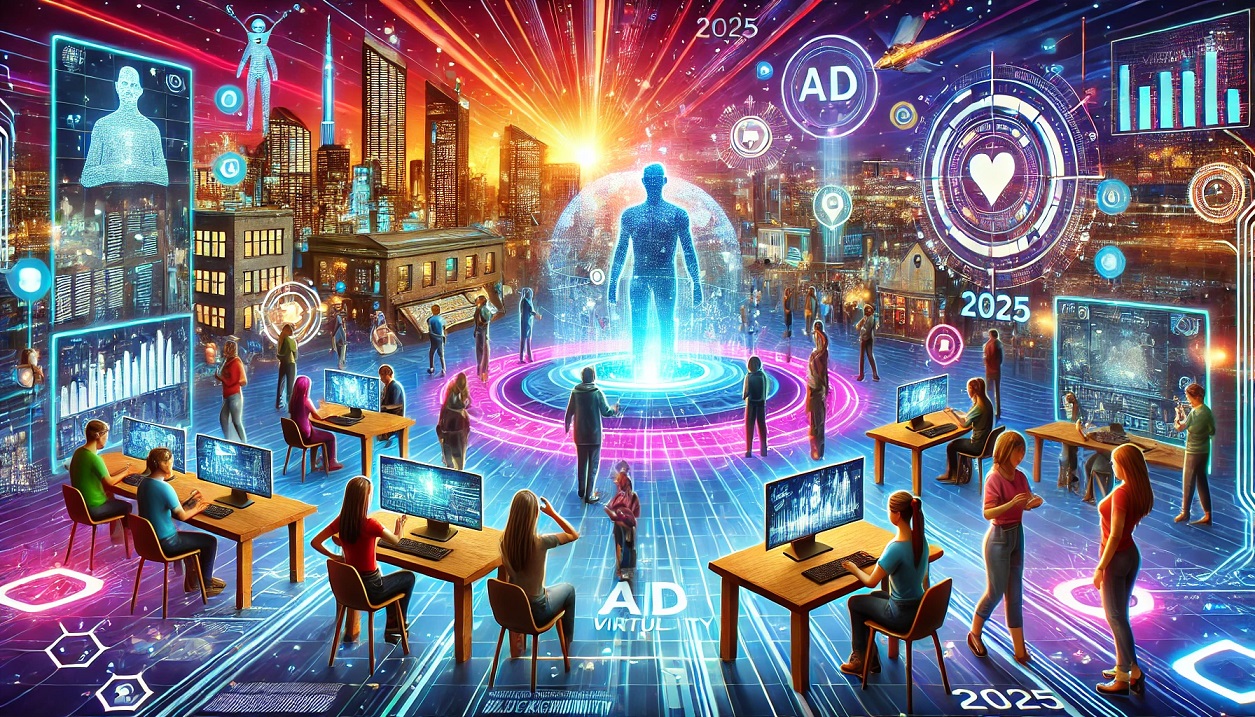

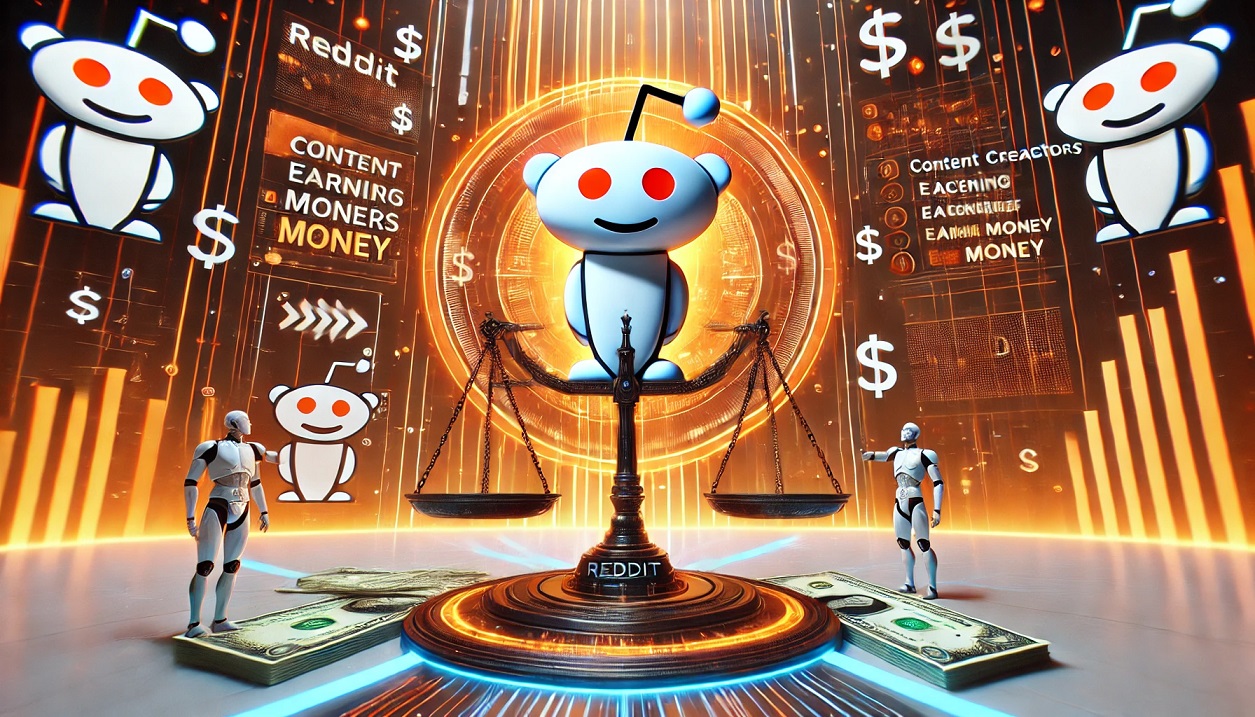

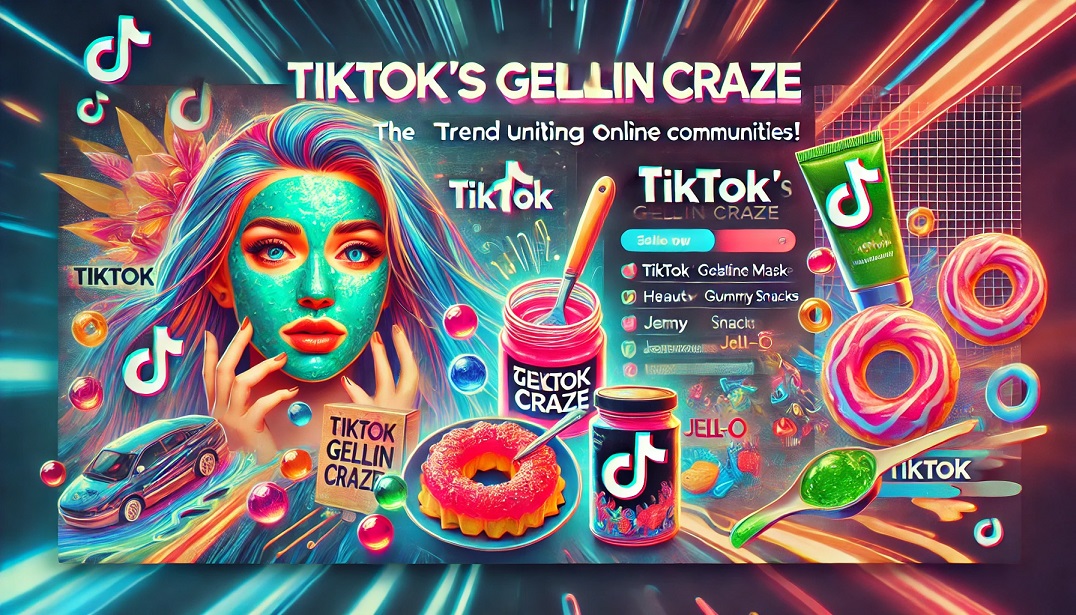
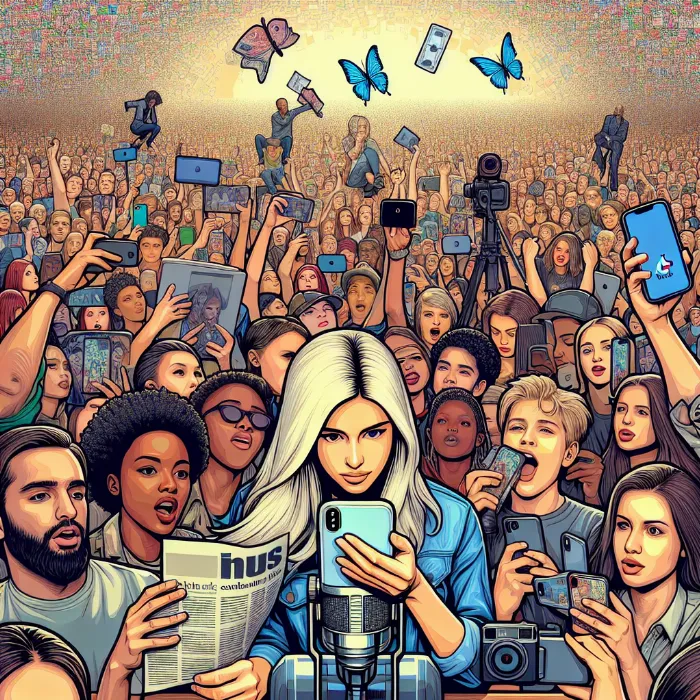
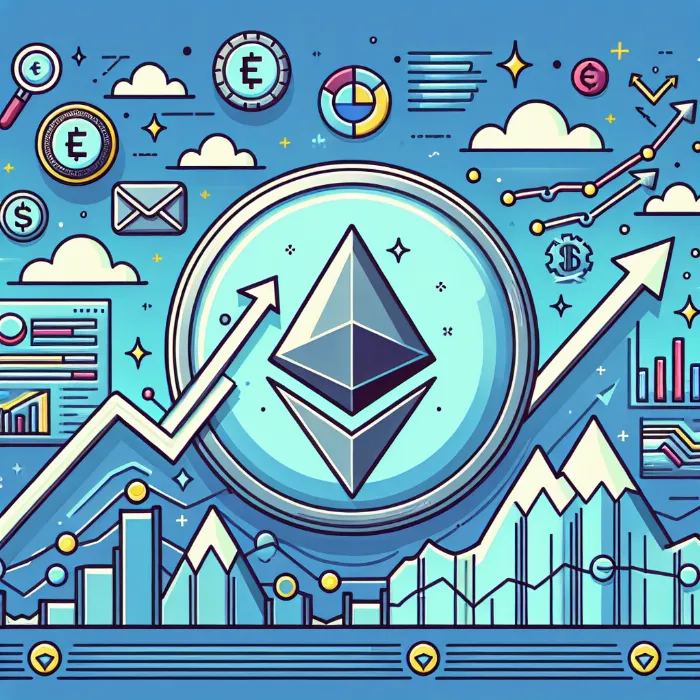





Comments 0